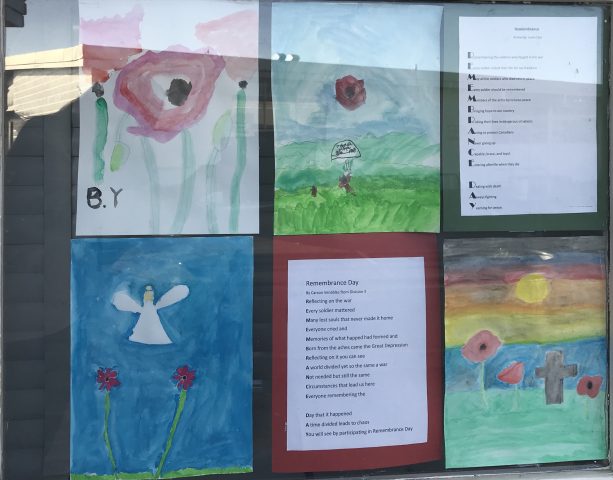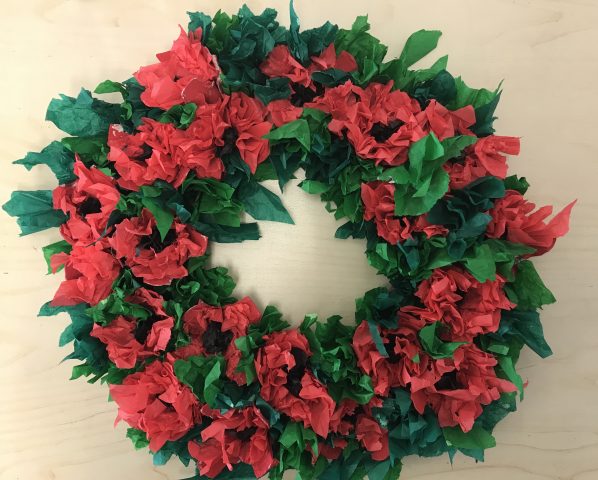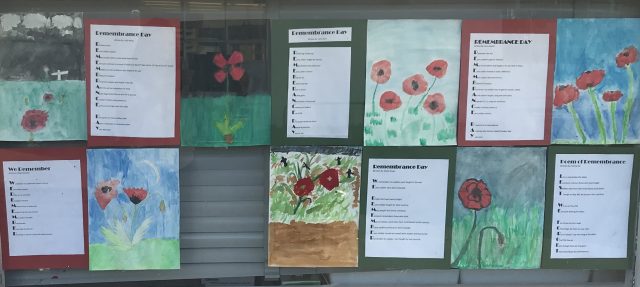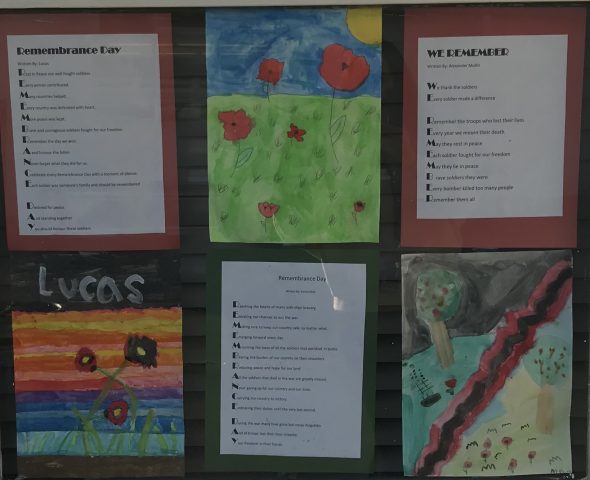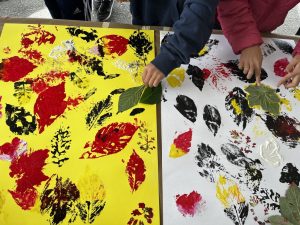
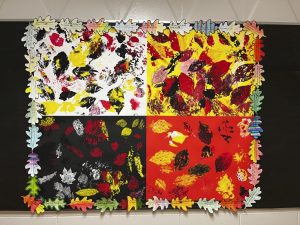
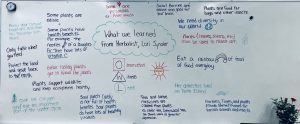
This week students had the privilege of learning about wild, native, and medicinal plants from Lori Synder, a First Nations Métis herbalist and educator. It was a rich learning experience and we are inspired by her teachings. We are also very excited about transforming our garden/outdoor classroom, making it a more diverse space where students can gather and learn more about native plants and indigenous ways of knowing and doing. As the season change and new plants are added, take time to observe, witness, and listen to what the garden is offering us.
In addition, students wore orange shirts throughout the week and explored age-appropriate lessons and had discussions about the meaning behind wearing orange shirts. This generation of children will have a far greater understanding of the history of residential schools, their negative impact, and the importance of reconciliation as we look critically at our country’s history and strive to do better. Tomorrow could be an opportunity to ask your children about what they have learned from their sessions with Lori and Mme Heardman this week.


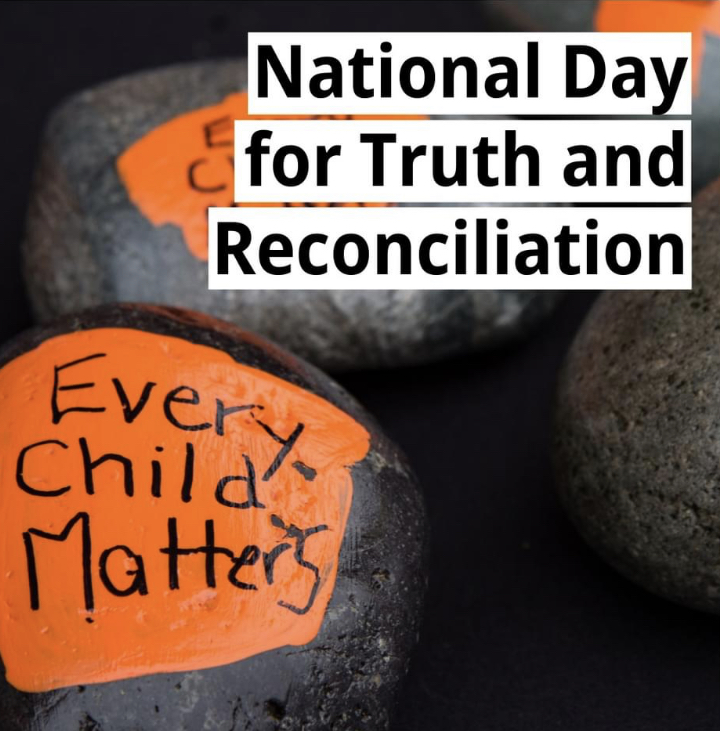
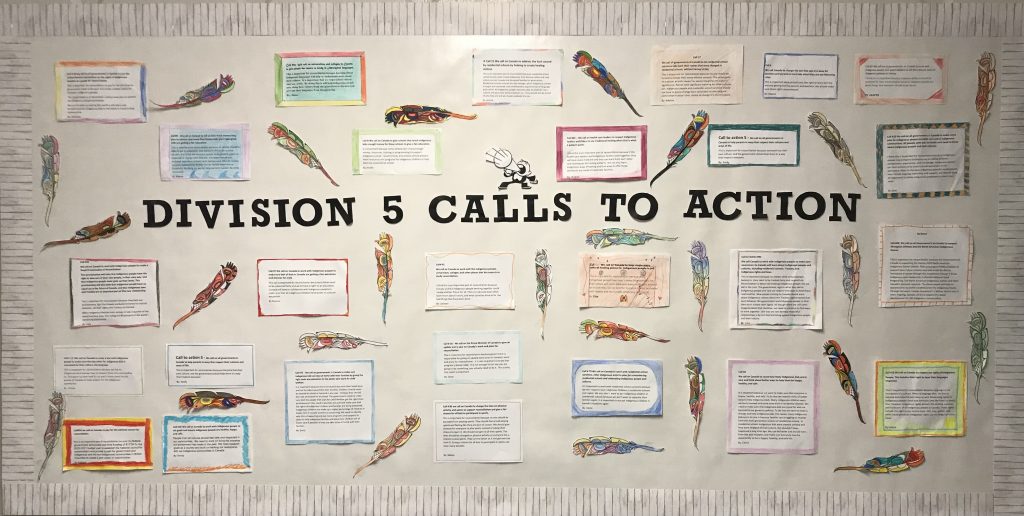
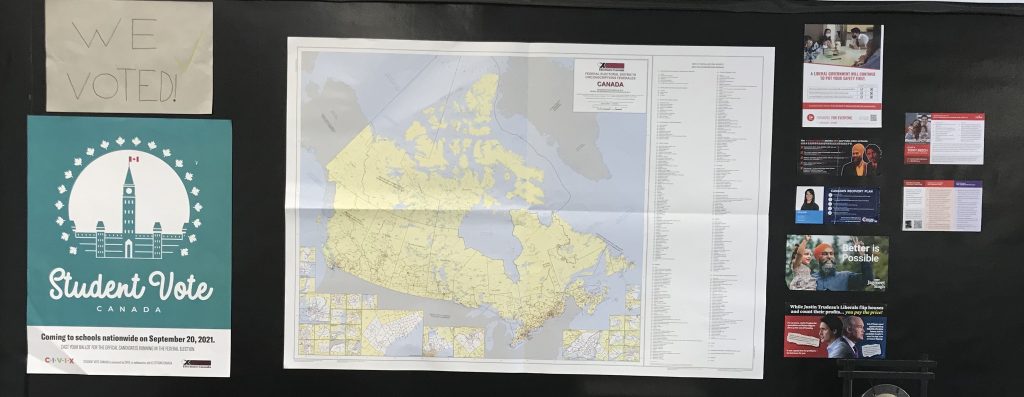
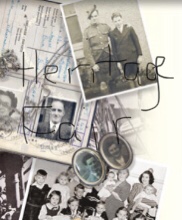
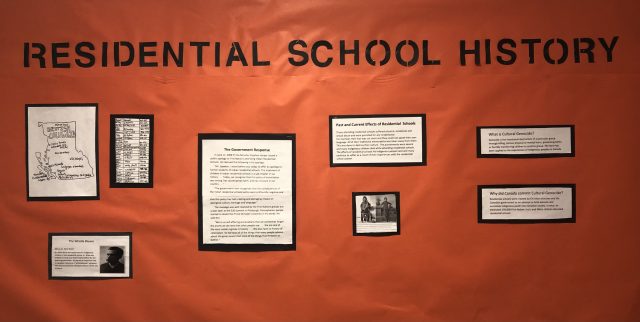
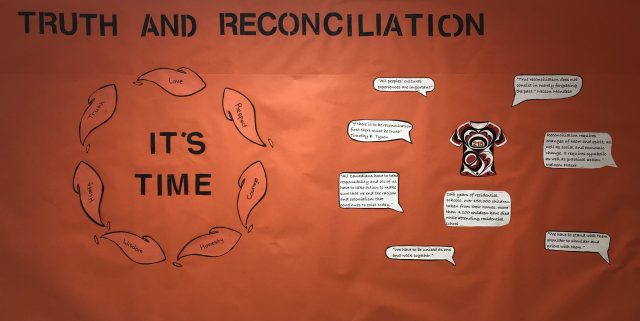
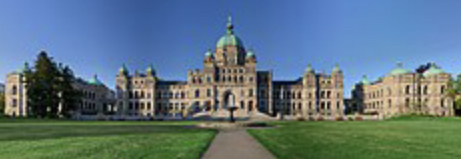 Today we had a virtual field trip to the Legislature. We explored the Parliament Buildings and learned about their design, history and use. We learned about important symbols of the Legislative Assembly and discussed significant historical, political and social events in B.C. and how they relate to the Legislative Assembly.
Today we had a virtual field trip to the Legislature. We explored the Parliament Buildings and learned about their design, history and use. We learned about important symbols of the Legislative Assembly and discussed significant historical, political and social events in B.C. and how they relate to the Legislative Assembly.
